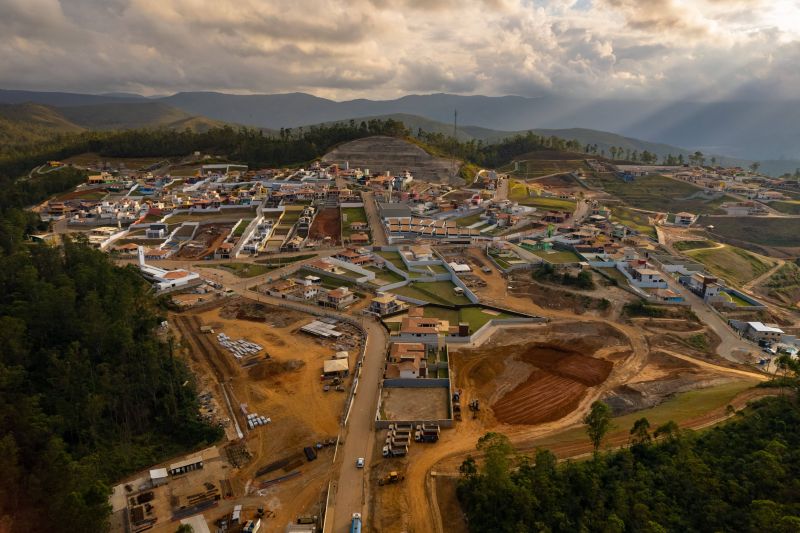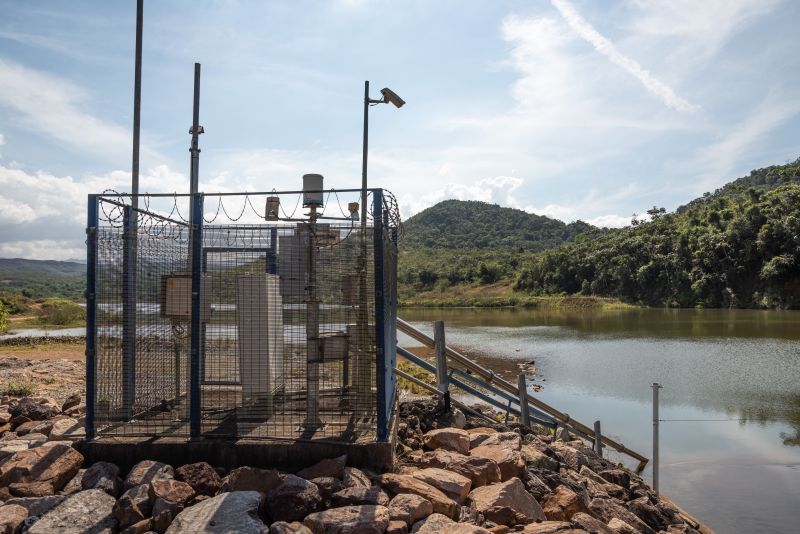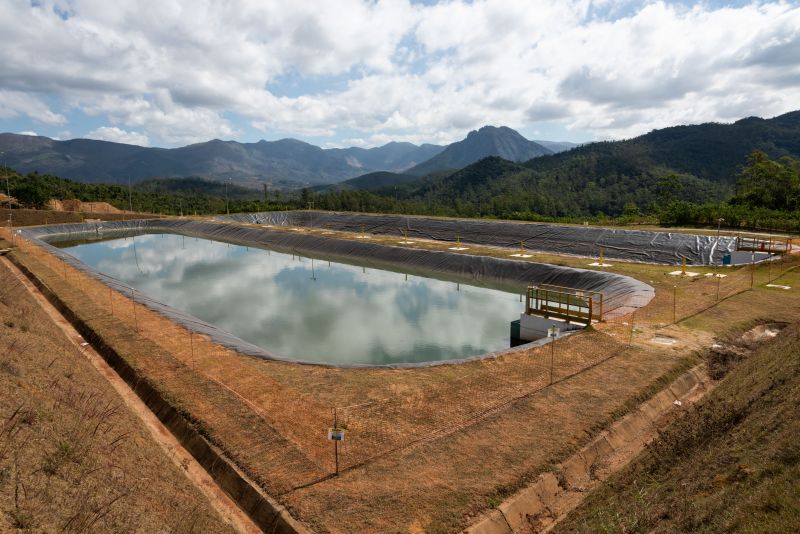In an increasingly interconnected world, the importance of community preparedness cannot be overstated. From natural disasters to public health emergencies, the risks we face are ever-evolving, demanding that communities come together with a proactive mindset.
Picture a small town, its streets bustling with life, suddenly confronted by an unexpected crisis. In those pivotal moments, the strength and resilience of its residents become paramount.
Preparedness is not just about having the right resources; its rooted in fostering collaboration, building trust, and nurturing a culture of readiness. When individuals unite, pooling their knowledge and skills, they transform into a powerful collective capable of navigating any challenge.
This article delves into the multifaceted benefits of community preparedness, emphasizing the crucial role it plays in safeguarding lives and enhancing social cohesion. As we explore the dynamics of effective strategies and resilient networks, we uncover how preparedness can turn vulnerability into strength, ensuring that no community faces adversity alone.
The Role of Preparedness in Disaster Resilience

Preparedness serves as the backbone of disaster resilience, acting as a crucial fulcrum that balances chaos and recovery in the face of unexpected calamities. Communities that prioritize preparedness are not merely waiting for disaster to strike; they actively cultivate strategies—training, resources, and communication networks—that empower individuals and families to respond effectively when emergencies erupt.
Imagine a neighborhood where everyone knows evacuation routes, has assembled emergency kits, and understands the importance of timely updates; such foresight transforms vulnerability into strength. When individuals are equipped with knowledge and resources, the collective response becomes swifter and more coordinated, minimizing panic and confusion. Moreover, this proactive approach fosters a culture of support, where neighbors collaborate, share insights, and strengthen social ties, ultimately reinforcing the fabric of community in times of distress.
Thus, preparedness is not just a checkbox on a list; it is the lifeline that connects immediate action with long-term recovery, ensuring that when disaster does arrive, communities not only endure but also emerge more unified and resilient.
Key Benefits of Community Preparedness

Community preparedness offers a multitude of advantages that extend far beyond mere survival during emergencies. First and foremost, it fosters a sense of unity and collaboration among residents, transforming neighbors into allies ready to support one another in times of need.
This shared readiness not only enhances individual resilience but also strengthens the fabric of the community itself. Moreover, being prepared equips locals with vital knowledge and tools, enabling them to respond effectively to disasters—be it a natural calamity, a public health crisis, or other unforeseen events. Training sessions and preparedness activities instill confidence, empowering individuals to act decisively rather than succumbing to panic.
The ripple effects of community preparedness can be profound, leading to quicker recovery times and less strain on emergency services, ultimately cultivating a safer and stronger environment for everyone involved.
The Impact of Community Preparedness on Vulnerable Populations

Community preparedness plays a pivotal role in safeguarding vulnerable populations, whose needs often go unaddressed in times of crisis. When a community is equipped with the knowledge and resources to respond effectively to disasters, those who are elderly, disabled, or economically disadvantaged benefit immensely.
For instance, well-organized evacuation plans can mean the difference between safety and chaos for individuals who may struggle to mobilize quickly. Moreover, access to local support networks—like food banks or shelters—can provide crucial aid, fostering resilience amid adversity.
Its not merely an issue of providing resources; its about creating an inclusive framework that recognizes the unique challenges faced by these groups. A proactive stance in community engagement not only empowers vulnerable populations but cultivates a spirit of solidarity that can mitigate the effects of future challenges.
Ultimately, the strength of a community is measured by how well it supports its most at-risk members.
Conclusion
In conclusion, community preparedness is not just a proactive measure; it is a vital necessity that can significantly impact the resilience and survival of local populations in the face of disasters. By fostering a culture of readiness, communities can effectively equip themselves with the tools and knowledge required to respond to emergencies, thereby reducing vulnerability and enhancing recovery efforts.
Initiatives such as those seen in Rio Doce água, where local residents have come together to develop comprehensive preparedness plans, exemplify the power of collective action in the face of adversity. Ultimately, by prioritizing community preparedness, we not only safeguard our neighborhoods but also strengthen the social bonds that make our communities more vibrant and cohesive.


